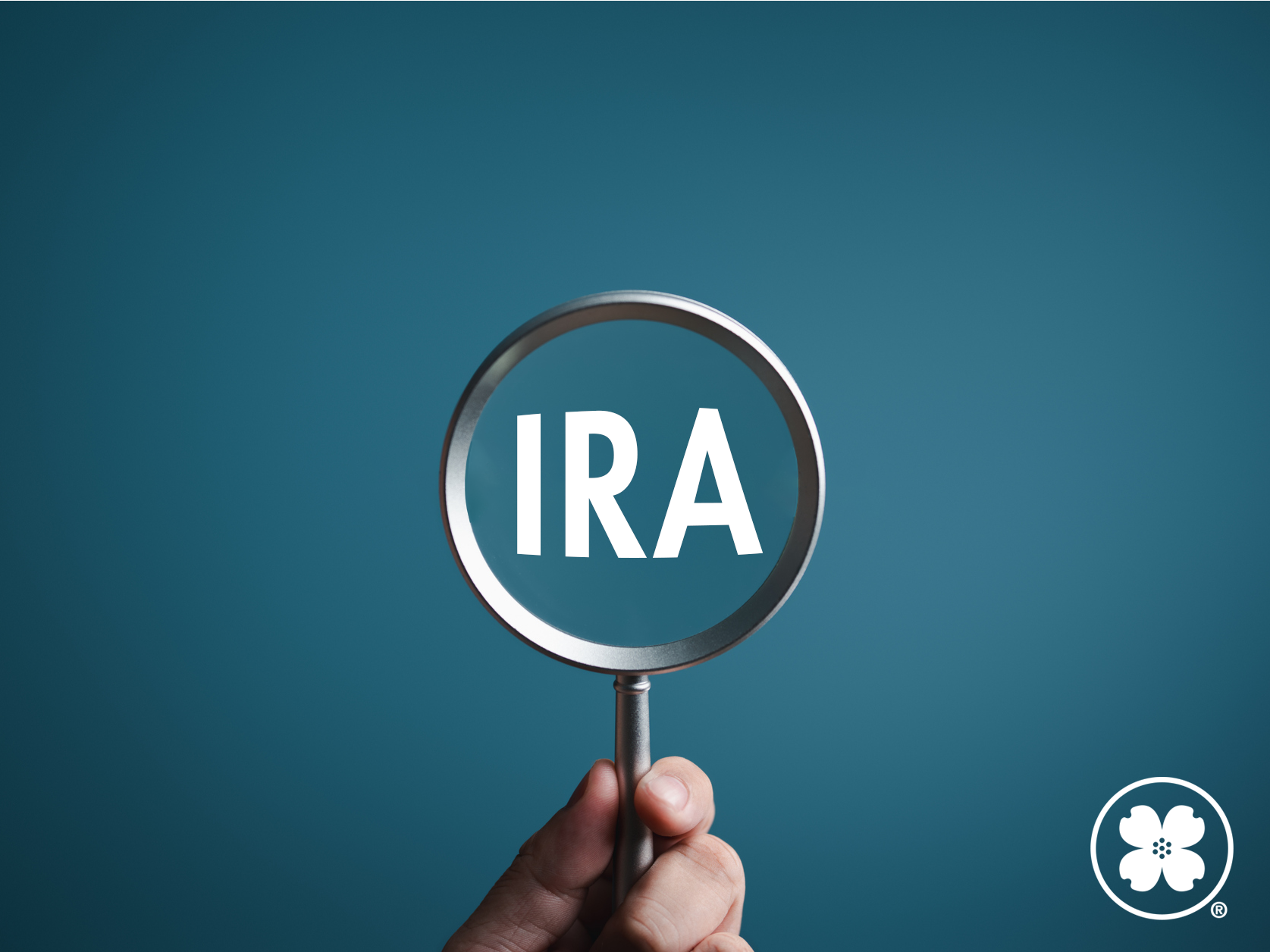As income grows, traditional retirement plans may fall short. Learn how backdoor Roths, after-tax 401(k) contributions, and annuities can help extend your tax-efficient savings.

By Charles Welsh, CFP® – Wealth Management Advisor
When it comes to retirement, timing matters. Let’s consider three portfolios that each average 7% returns, yet deliver different outcomes and income. Based upon a $1,000,000 retirement portfolio with annual withdrawals of $60,000 and adjusted annually for 3% inflation, one portfolio runs out in 22 years, another in 25 years and a third maintains a healthy $1.1M balance after 25 years.
So, why do the three portfolios with the same average return perform so differently?
The reason is the sequence of returns. Does your portfolio start retirement with a breeze at its back or wind in its face? The difference could impact the longevity of your nest egg by years.
Unfortunately, it is impossible to know how the stock market will perform early in retirement. Therefore, how do you prevent unfortunate retirement timing aligned with poor stock market performance from derailing your retirement?
Step One: Plan – The first thing to do is maintain an updated financial plan and know your success probability. Work with your Central Trust advisor to ensure your financial plan is current. This includes updating your retirement timeline, portfolio values, portfolio risks and spending assumptions. At Central Trust we provide Monte Carlo analysis identifying the probability of retirement success factoring for sequence of returns.
Step Two: Manage Expenses – During retirement, portfolio health is impacted through the combination of market performance and portfolio withdrawals. If you retire during market turmoil (like 2022) consider postponing unnecessary expenses and large purchases. Another approach is to raise portfolio cash early in retirement to provide a cushion for income needs during a down market.
Step Three: Delay Retirement or Continue to Earn – If it is apparent your retirement will start during a bear market consider the benefits of delaying retirement or part time work during retirement to keep your portfolio on track. Delaying retirement along with delaying claiming social security delivers a dual benefit. It diminishes the need to sell depressed investments for income and increases future social security payments (by claiming at an older age). Another option is to consider part-time work during retirement. Retirees at age 65 years and above (full retirement) may earn $51,960 without losing benefits. Above that amount, Social Security will deduct $1 for every $3 in income.
Recognizing sequence of returns impacts your retirement portfolio puts you in position to proactively plan for market performance you cannot control.


